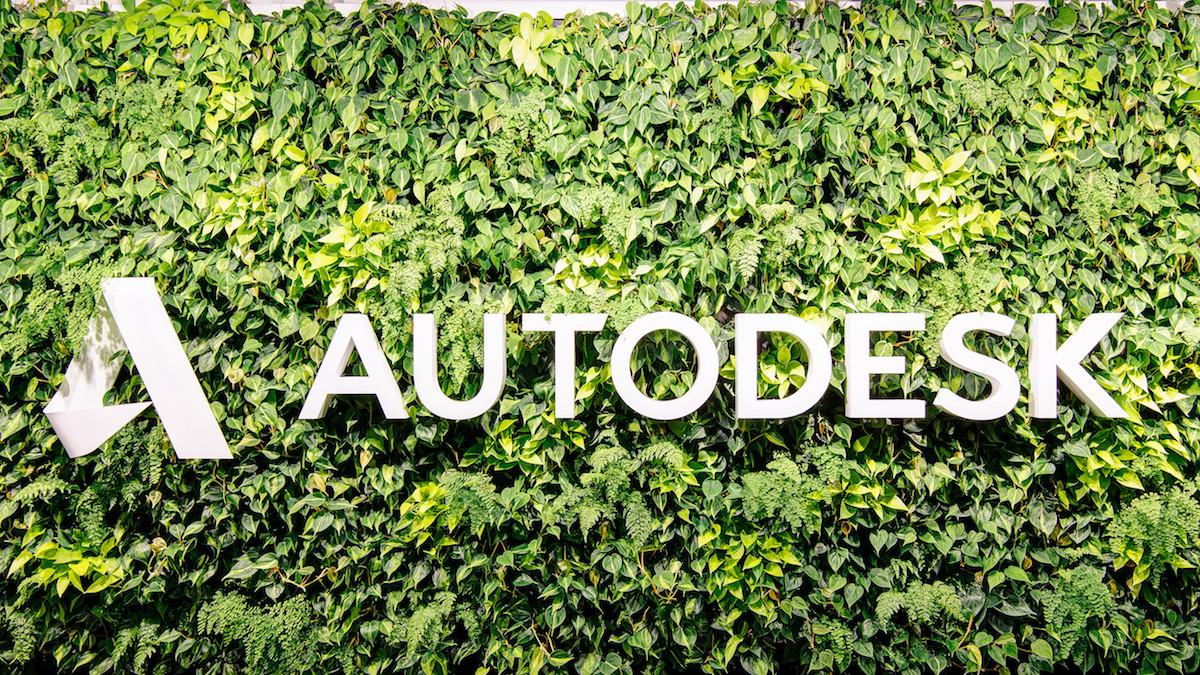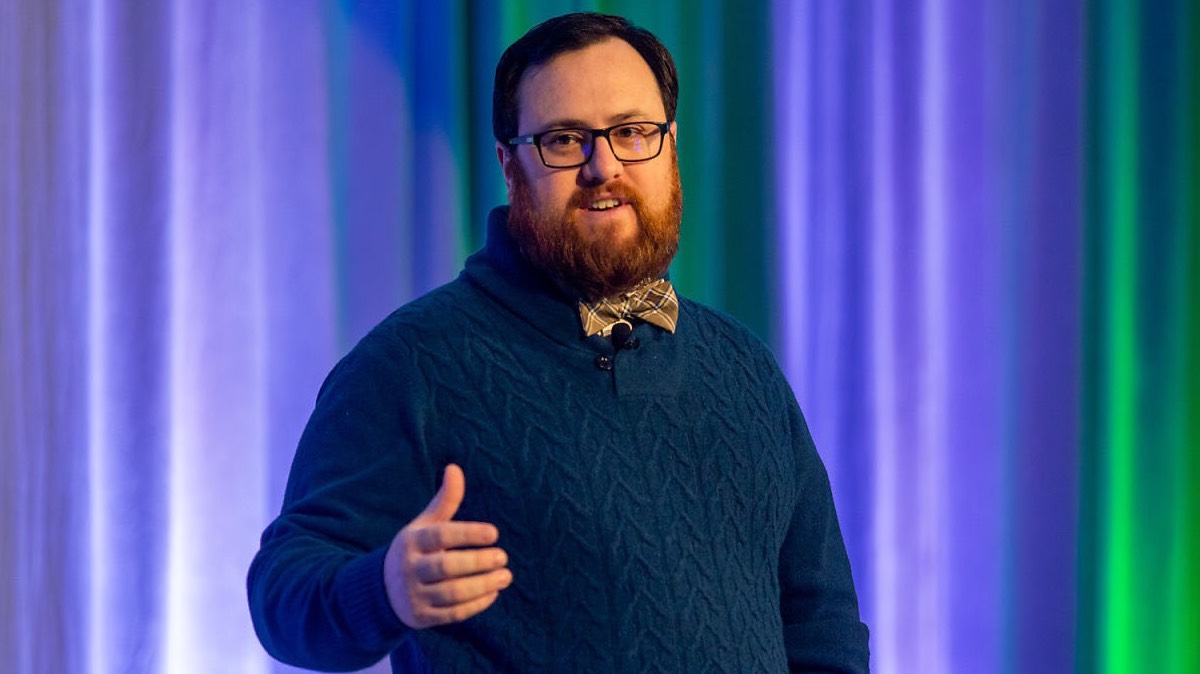
My name is Alistair Michener and I'm the founder of Drawboard.
What is Drawboard?
Well, first of all, we are Australian. We just opened an office in the United States, so it's an exciting time for us. Our vision is to get the design and construction industries to work with zero digital and physical waste. And to do that, we make really beautiful and easy-to-use design and document review software, specifically concentrating on PDF. Physical waste is eliminated by not having to print, mark-up documents, or having to share physical mockups. Digital waste is eliminated by having an easy user experience that results in less time and rework costs. We make collaborative document review software that's so easy to use that anyone on the project can get going in under 10 minutes.
What are Drawboard's core values?
We want to make our product easy-to-use in order to eliminate physical and digital waste within a firm. That's our number one core tenant. Secondly, sustainability is big for us. In everything from the reason why we thought of the journey in the first place to all the things that we do in the office, we are always keeping those things front-of-mind.
One really hot topic in the industry is the way data, and by that extension, documents, are being shared throughout the industry, and how silos are being broken. How does Drawboard streamline the process of sharing data and documents?
There's so much good work being done in the industry around data sharing. Everyone is moving in this direction. Unfortunately, not all firms have the capacity to take all this great work and apply it back to their projects. We believe that there's always going to be a blend of 2-D and 3-D in this industry. We can create an immediate impact with a strong common denominator in most firms, and PDF is the most commonly used document format.
However, there's a number of problems that exist in the industry at the moment. It's too easy to lock valuable data into a static format, like the way that PDF is currently dealt with. And they encourage duplication of printing data, therefore wasting resources. It's also just not a smart medium for communication.
Knowing that PDF is a commonly accepted file format, we created our first product to make interacting with PDF far more accessible to people who prefer physically engaging and drawing with documents. Users can mark up PDFs with a surface pen or something similar. The shortfall of that first product was just because you’re marking up digitally, it doesn't mean that you're actually collaborating and sharing data effectively with your own team.
So, we created Bullclip, which collects and coordinates all markup data into one place in a common shared space on each drawing revision. It's ridiculously easy for anyone to jump onto a project, start drawings, mark up, discuss and close out tasks. We're helping ensure that data is preserved in a single truth for all members, and essentially eliminating version control issues.
Why do you think PDF markups are so vital to the industry as a whole?
Put simply, marking up a document and visual representations of design changes are much more effective for communicating changes than pure data entries. As such, performing review and markup in 2D have their natural and obvious benefits. But with 3D, we're big fans of BIM and where it's heading, and we want to fit in with the process as it evolves. We've got some really exciting plans as well.
Of course, the other alternative is printing, which is a waste of resources for everyone. And we know waste still happens a lot in this industry despite what some people might say.
What prompted you all to start Drawboard? Did you see a hole in the industry?
Yes, definitely. I was a chemical engineer and working at a large multinational engineering design firm. I saw that a hundred people trying to coordinate themselves on a large design of the chemical plan was really painful. We tried to use a digital program in that project. But because of its lack of collaboration features, we resorted to pen and paper. I must have seen over a million printed-outs and those control issues went through the roof. Something that should have taken minutes took hours or days. Rework was a really huge cost for the project.
So, I wanted us to solve these problems. I didn't really know much about being an entrepreneur at the time. That was the first thing that I had to learn how to form a business to actually solve a problem. And then I realized that the hole in the industry was much bigger than just in my line of engineering. It's in almost all streams of design and construction across the world.
What part about working at Drawboard personally makes you the proudest?
Well, the best part is working with other people that share that vision. We've got a number of people that have come from the industry. They had the same problems and saw the same opportunity. They are all really passionate about it. Being able to pay their salary and foster innovation is one of the best feelings in the world for me.
What is your favorite part of your job?
My favorite part is seeing customers use something that we created, something that didn't exist before. I love hearing their responses. The fact that we brought something new to the world that took years and years of development, and seeing it used is such an enjoyable feeling. We're being used on one of the largest civil infrastructure construction projects in Australia. If we can look at that in 50 year’s time from now and know that we contributed in a meaningful way to our society, that's definitely the favorite part of my job. We only do what we do so that we can make sure that society improves in a much more valuable way. And to be able to see it in a tangible form, years and years from now is going to be so rewarding.
This train network, how long have you all been on that project?
We've been on for about a year now. It's going to be continued for about another two or three years. It's the Melbourne Metro Tunnels Project, which is a big underground system for a new train network in one of Australia's largest cities.
What do the next three to five years at Drawboard look like? What are your goals as you move forward in the future?
Well, one of the most exciting things for us is completely eliminating paper waste from design workflows. Drawboard will also evolve beyond PDF software and into other different data sharing mediums. We really want to streamline data in this industry. It's something that we believe is really important. We hope that the whole construction technology landscape wants to work with each other and we certainly want to be there as well, and not providing any resistance to other data sharing companies. We want to see version control completely eliminated, and we want to see seamless 2D and 3D integration.
Thank you so much for your time.





Discussion
Be the first to leave a comment.
You must be a member of the BuiltWorlds community to join the discussion.